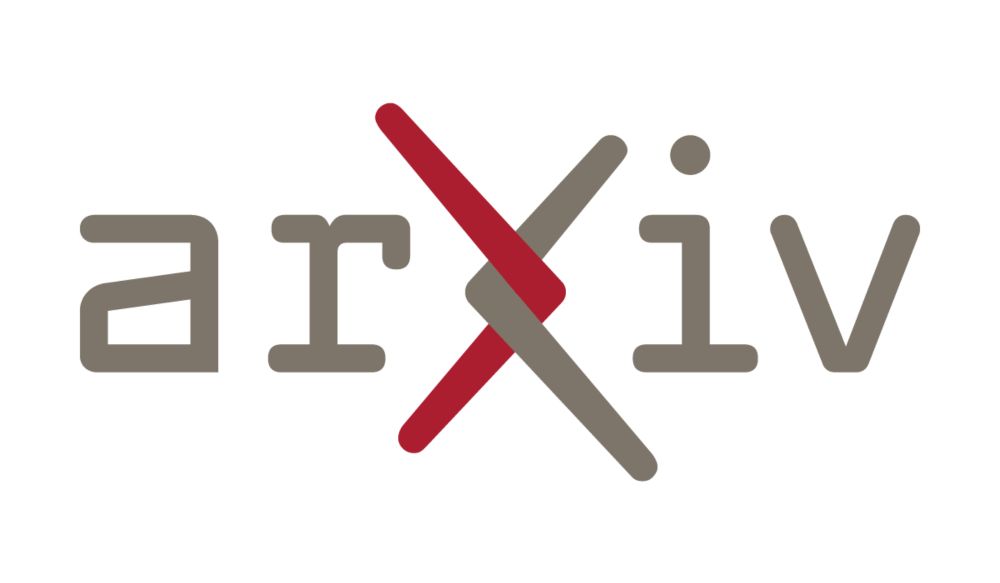
https://lheurtier.github.io/index.html
Thanks again to my great collaborators Jean Alexandre and Silvia Pla!

Thanks again to my great collaborators Jean Alexandre and Silvia Pla!










and feel free to use our Potential Inflation Posterior Emulator (PIPE), which you can download here: gitlab.com/cosmoPipe/pi...
and feel free to use our Potential Inflation Posterior Emulator (PIPE), which you can download here: gitlab.com/cosmoPipe/pi...



